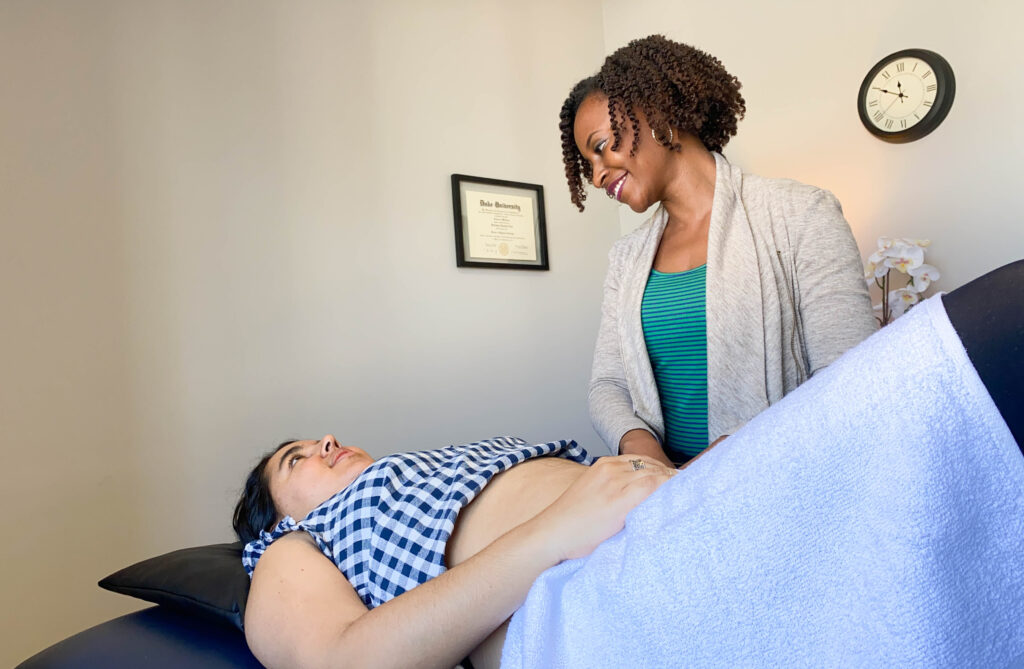Introduction:
Diastasis Recti, a condition often whispered about in postpartum fitness circles but not widely understood, affects a significant number of women but remains shrouded in unnecessary mystery. At its core, diastasis recti involves the separation of the abdominal muscles, a phenomenon most commonly associated with pregnancy. As a leading provider of pelvic floor physical therapy, New Woman PT & Wellness is committed to demystifying this condition, providing essential insights, and offering guidance on navigating the journey to recovery.
The Basics of Diastasis Recti
Diastasis recti occurs when the rectus abdominis muscles (commonly known as the “six-pack” muscles) separate along the midline of the belly. This separation is a result of the abdominal wall stretching to accommodate a growing fetus during pregnancy. While it’s a natural part of the pregnancy process for many, it can lead to challenges postpartum, including core weakness, back pain, and a noticeable “pooch.”
Identifying Diastasis Recti
Many women might not even realize they have diastasis recti until after they give birth. Symptoms can include a bulge or ridge down the middle of the abdomen, lower back pain, and a feeling of weakness in the core area. If you suspect you might have diastasis recti, a simple self-check can provide initial insights, but it’s crucial to consult a healthcare professional or a specialized physical therapist for a definitive diagnosis.
The Path to Recovery
- Professional Guidance: Recovery begins with understanding, and that’s where New Woman PT & Wellness shines. Our experts, led by Dr. Julie Neal, offer personalized assessments to determine the extent of diastasis recti and create a tailored recovery plan.
- Targeted Physical Therapy: Specialized exercises that focus on gently strengthening the core and pelvic floor can significantly aid in the recovery process. It’s vital to avoid activities that can exacerbate the condition, such as traditional crunches or sit-ups.
- Patient Education: Understanding how to perform daily activities safely, from lifting your baby to getting out of bed, can prevent further strain on your abdominal muscles. Education is a cornerstone of our approach, empowering women with the knowledge to support their recovery.
- Consistency and Patience: Healing from diastasis recti takes time and commitment. With consistent effort and patience, many women see significant improvements in their condition.
- Community Support: You’re not alone. Connecting with others who have experienced or are currently navigating their recovery from diastasis recti can provide invaluable support and encouragement.
Taking The First Step
At New Woman PT & Wellness, we believe in a holistic approach to postpartum recovery. Diastasis recti, while common, doesn’t have to define your postpartum experience. With the right support and expert care, recovery is not only possible; it’s within reach.
If you’re struggling with symptoms of diastasis recti or simply seeking to strengthen your core postpartum, we invite you to reach out. Together, we can embark on a journey towards healing and empowerment, helping you return to the activities you love with confidence and strength.
Remember, taking the first step towards recovery is a sign of strength. Let New Woman PT & Wellness be your partner in reclaiming your health and well-being.

